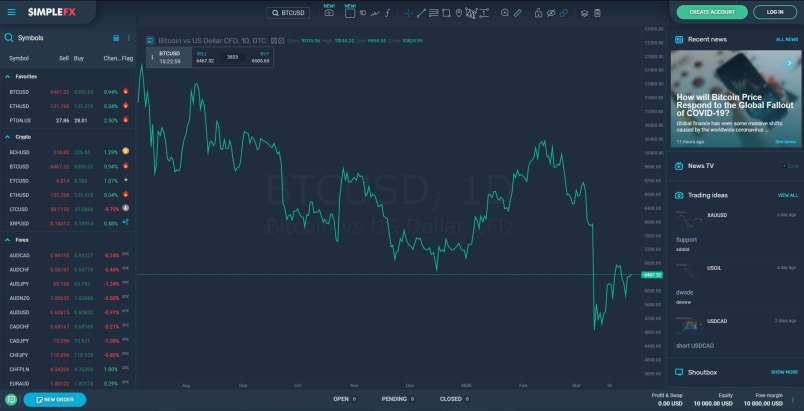If you’ve perused the crypto news and Bitcoin social media feeds over the past few months, you’ve likely heard of an event called the “halving.” Analysts believe that this cyclical event will be critical for the crypto market moving forward as it may mark the start of a new bull run, even amid the ongoing coronavirus pandemic, which has negatively affected capital markets.
But what is the halving? And how will it affect Bitcoin moving forward?
What Is the Halving?
Unlike fiat currencies, which can be printed at the whims of central bankers and the treasuries of countries, Bitcoin’s monetary policy follows a strict, effectively unchangeable schedule: to ensure that only 21 million coins will ever be mined, every four years (210,000 blocks in block-time), Bitcoin’s inflation is cut in half in an event fittingly dubbed a “halving.”
This mechanism is depicted in the picture below from

By approximately 2140, due to the compounding effects of halvings, the mining of BTC will stop at the limit of 21 million coins, a figure which cannot be increased unless there is a consensus between miners.
The next halving will take place, data suggests, in the middle of May.
How Will It Affect Bitcoin?
While the monetary effects of each Bitcoin halving are known in advance, many traders have theorized that it will have a dramatic impact on the value of cryptocurrencies, especially BTC.
According to PlanB — a pseudonymous Bitcoin quantitative analyst — the halving will be decisively bullish for the cryptocurrency, allowing it to appreciate to heights past the $20,000 all-time high established in December 2017.
In March 2019, he the below model, which shows that Bitcoin’s scarcity (measured through the inverse of inflation, the so-called stock-to-flow ratio) affects the value of the network in an exponential fashion. The upcoming halving will drive Bitcoin’s stock-to-flow ratio to 50, nearing that of gold, and will give the network a fair value of $1 trillion to $2 trillion, which will coincide with $50,000 to $100,000 per coin.

The model has been backtested to an R squared of 95% and is cointegrated with the price of the asset, meaning the model is extremely accurate.
There are some, however, that think it is a bearish event. Those that fall into this category specifically cite the fact that once the halving arrives, Bitcoin miners will see their revenues cut in half, which will force them to sell their holdings to stay afloat, thereby pushing the crypto market lower.
Indeed, after the halving in 2016, Bitcoin dropped by over 30% in the days that followed, allowing short-side traders to make large returns during a short period.
And others, still, have suggested that halvings, at least the upcoming one, will be a non-event.
Peter Brandt, a long-time commodities trader, explained this thought process in the below tweet, suggesting that this slight reduction will not have a large impact due to high volumes in the crypto-asset market:
Position Yourself Accordingly
With the halving rapidly approaching, traders can position themselves (whether long or short) through SimpleFX, depending on which narrative they may believe.

SimpleFX will allow traders to leverage the effects of the halving on the cryptocurrency market through , which can be accessed on a desktop, a tablet, or on mobile. There, traders can take margin trades on Bitcoin. SimpleFX also supports alternative crypto assets such as Ethereum, Litecoin, and XRP, coupled with other asset classes like foreign exchange, commodities, and stock indices.
Featured Image from Shutterstock















